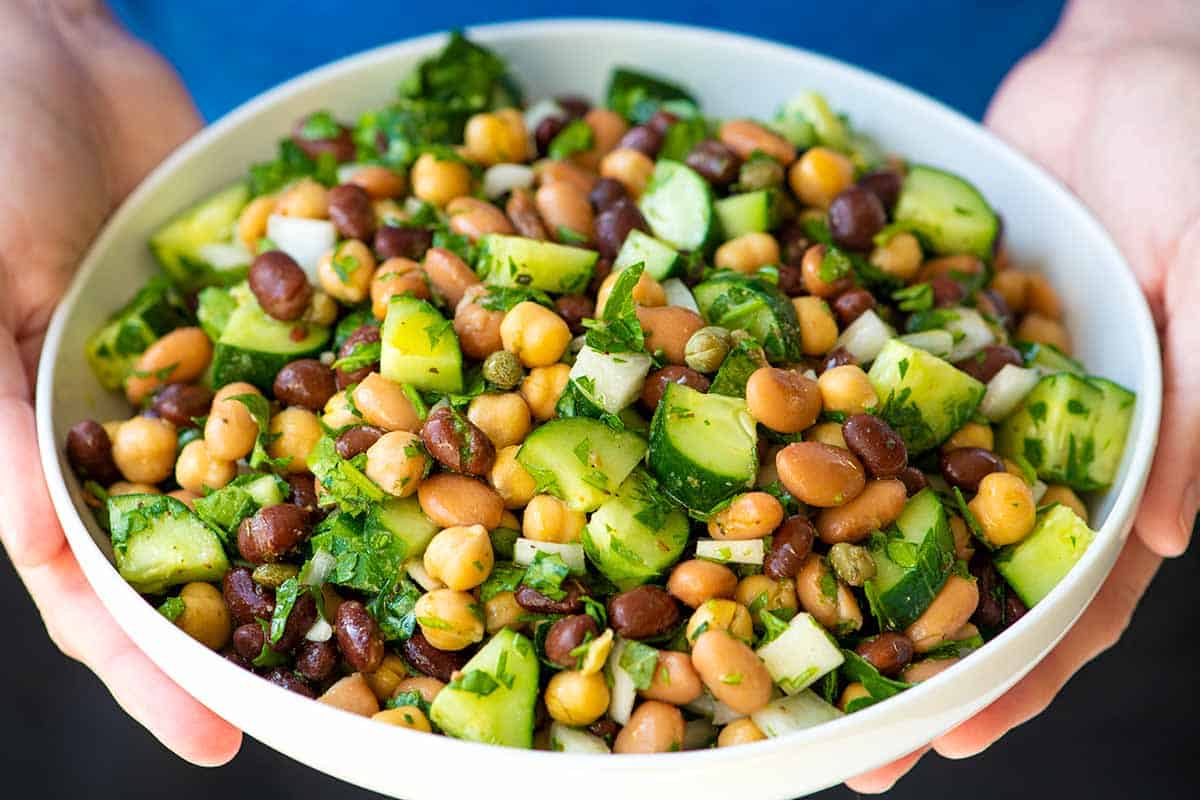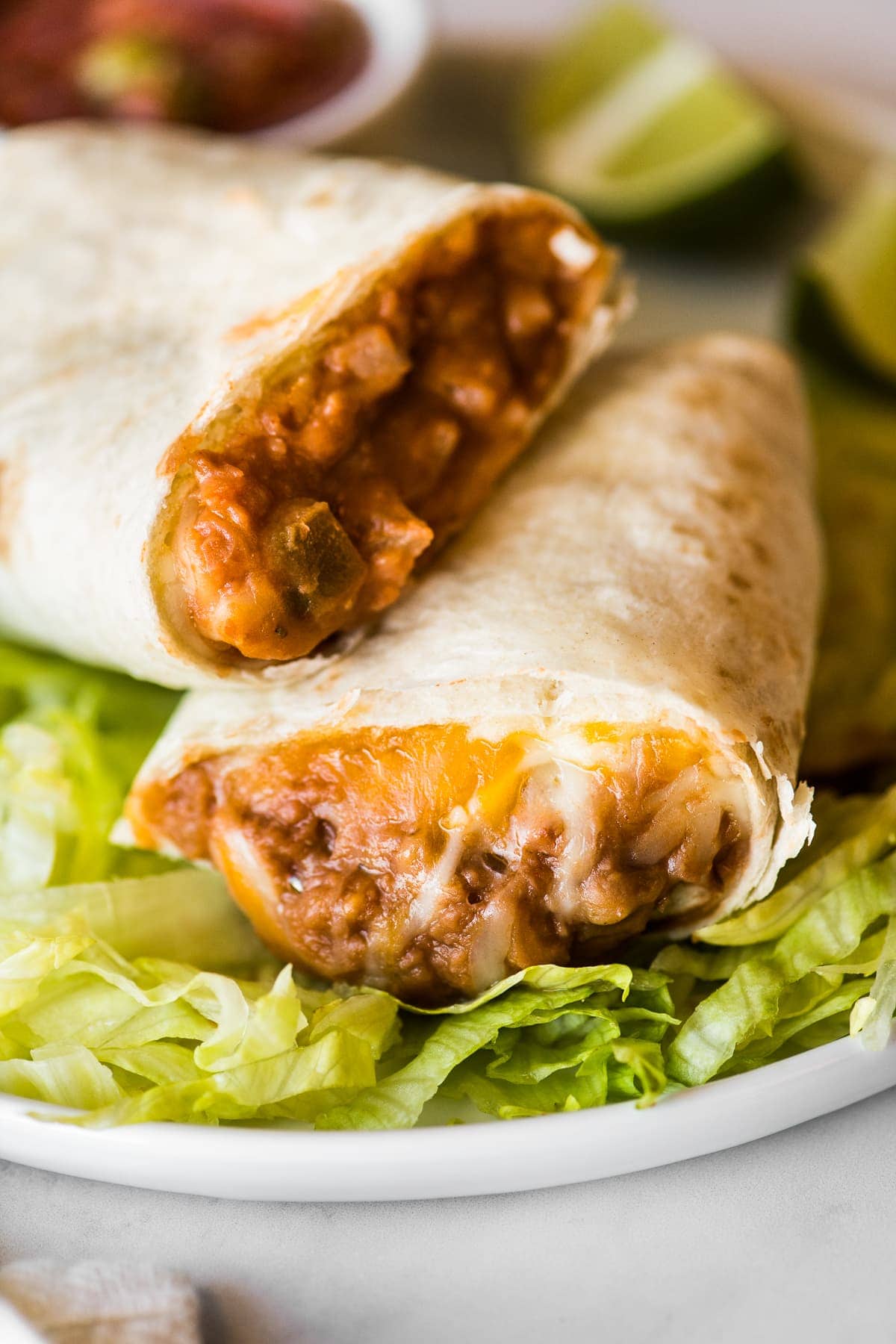Onions And Beans: A Match Made In Heaven
Onions and beans are two of the most popular and versatile ingredients in the world. They can be found in cuisines from all over the globe, and they are often used together in dishes. But what is it about these two ingredients that makes them such a good match?
In this blog post, we will explore the reasons why onions and beans are a match made in heaven. We will discuss their nutritional benefits, their flavor profiles, and their cooking qualities. We will also provide some recipes that showcase the deliciousness of this classic combination.
Nutritional Benefits of Onions and Beans
Onions and beans are both excellent sources of nutrients. Onions are a good source of vitamins C and K, as well as fiber. Beans are a good source of protein, fiber, and iron. When combined, onions and beans provide a complete and balanced meal.
Flavor Profiles of Onions and Beans
Onions and beans have complementary flavor profiles. Onions have a sharp, pungent flavor, while beans have a mild, earthy flavor. When cooked together, these flavors combine to create a rich and complex flavor that is both savory and sweet.
Cooking Qualities of Onions and Beans
Onions and beans are both easy to cook. Onions can be cooked in a variety of ways, including sauteing, roasting, and grilling. Beans can be cooked in a pot on the stove, in a slow cooker, or in an Instant Pot.
Recipes Featuring Onions and Beans
Here are a few recipes that showcase the deliciousness of onions and beans:
- Bean and Onion Soup: This hearty soup is perfect for a cold winter day. It is made with beans, onions, garlic, and spices, and it is simmered until the beans are tender.

- Stir-Fried Onions and Beans: This quick and easy dish is perfect for a weeknight meal. It is made with onions, beans, garlic, and your favorite vegetables.
- Bean and Onion Salad: This light and refreshing salad is perfect for a summer picnic. It is made with beans, onions, tomatoes, cucumbers, and a vinaigrette dressing.

- Bean and Onion Burritos: These hearty burritos are perfect for a quick and easy meal. They are made with beans, onions, cheese, and your favorite toppings.

Conclusion
Onions and beans are a match made in heaven. They are both nutritious, flavorful, and easy to cook. When combined, they create a delicious and satisfying meal that can be enjoyed by people of all ages.
So next time you are looking for a healthy and delicious meal, reach for some onions and beans. You won't be disappointed.
If you're looking to plant onions and beans in your garden this year, I recommend visiting Gardenia Inspiration. This website has a wealth of information on the topic, including planting instructions, care tips, and troubleshooting advice.
One of the most important things to consider when planting onions and beans is companion planting. Onions and beans should not be planted next to each other, as they can compete for nutrients and water. Instead, plant onions next to beets, carrots, lettuce, or the cabbage family. Beans can be planted next to tomatoes, corn, or peas.
Gardenia Inspiration also has a helpful section on soil preparation. Onions and beans prefer well-drained soil that is rich in organic matter. You can improve the quality of your soil by adding compost or manure before planting.
Once you've prepared your soil, you can start planting your onions and beans. Onions should be planted about 1/2 inch deep and 4 inches apart. Beans should be planted about 1 inch deep and 2 inches apart.
Gardenia Inspiration has a detailed planting schedule that can help you determine the best time to plant onions and beans in your area.
After planting, you'll need to water your onions and beans regularly. Onions need about 1 inch of water per week, while beans need about 2 inches of water per week.
Gardenia Inspiration also has a section on pest control. Onions and beans are susceptible to a variety of pests, such as aphids, beetles, and slugs. You can control these pests by using natural methods, such as insecticidal soap or neem oil.
With a little planning and care, you can successfully grow onions and beans in your garden. Gardenia Inspiration is a great resource for all the information you need to get started.
FAQ of onions and beans planting
- Q: Should I plant onions next to beans? A: No, you should not plant onions next to beans. Onions and beans are not compatible companion plants, and planting them together can actually stunt their growth and reduce their yields. Onions release sulfuric compounds into the soil, which can be harmful to beans. Beans, on the other hand, attract pests that can also damage onions.
- Q: What are the requirements for planting beans? A: Beans require deep, fertile soil with good drainage. The soil pH should be between 5.5 and 6.5. Beans should be planted in full sun, and they need regular watering. They are also susceptible to a variety of pests and diseases, so it is important to monitor your plants closely.
- Q: What are the different types of onions?
A: There are many different types of onions, each with its own unique flavor and texture. Some of the most common types of onions include:
- White onions: These onions have a mild flavor and are often used in salads and sandwiches.
- Yellow onions: These onions have a more pungent flavor and are often used in cooking.
- Red onions: These onions have a sweet flavor and are often used in salads and salsas.
- Shallots: Shallots are a type of onion that is smaller and milder than other types of onions. They are often used in French cuisine.
- Scallions: Scallions are a type of onion that has a long, green stalk and a small white bulb. They are often used in stir-fries and salads.
- Q: How do I plant onions? A: To plant onions, start by loosening the soil in your garden bed. Then, add some compost or manure to the soil to improve drainage and fertility. Plant the onion seeds about 1/2 inch deep and 2 inches apart. Water the seeds well and keep the soil moist until they germinate. Once the seedlings have emerged, thin them to about 4 inches apart. Onions will need about 60 days to mature, so plant them in early spring or late summer for a fall harvest.
- Q: How do I harvest onions? A: When the onion tops start to fall over, it is time to harvest your onions. Use a garden fork to loosen the soil around the onions and then gently lift them out of the ground. Shake off any excess soil and trim the roots and tops. Onions can be stored in a cool, dry place for several weeks.
Image of onions and beans planting
Here are 5 different images of onions and beans planting from pinterest.com:
- Image 1: A row of onions and beans planted in the ground. The onions are green and the beans are starting to flower.

- Image 2: A gardener planting onions and beans in a raised bed. The gardener is using a trowel to dig a hole for the onions and then dropping a bean seed into the hole.

- Image 3: A close-up of onions and beans seedlings growing in a pot. The seedlings are about 2 inches tall and have their first set of true leaves.

- Image 4: A group of people harvesting onions and beans from their garden. The onions are mature and have a golden brown color. The beans are green and have already been shelled.

- Image 5: A plate of food that includes onions and beans. The onions are cooked and have a caramelized flavor. The beans are roasted and have a slightly smoky flavor.

Post a Comment for "Onions And Beans: A Match Made In Heaven"